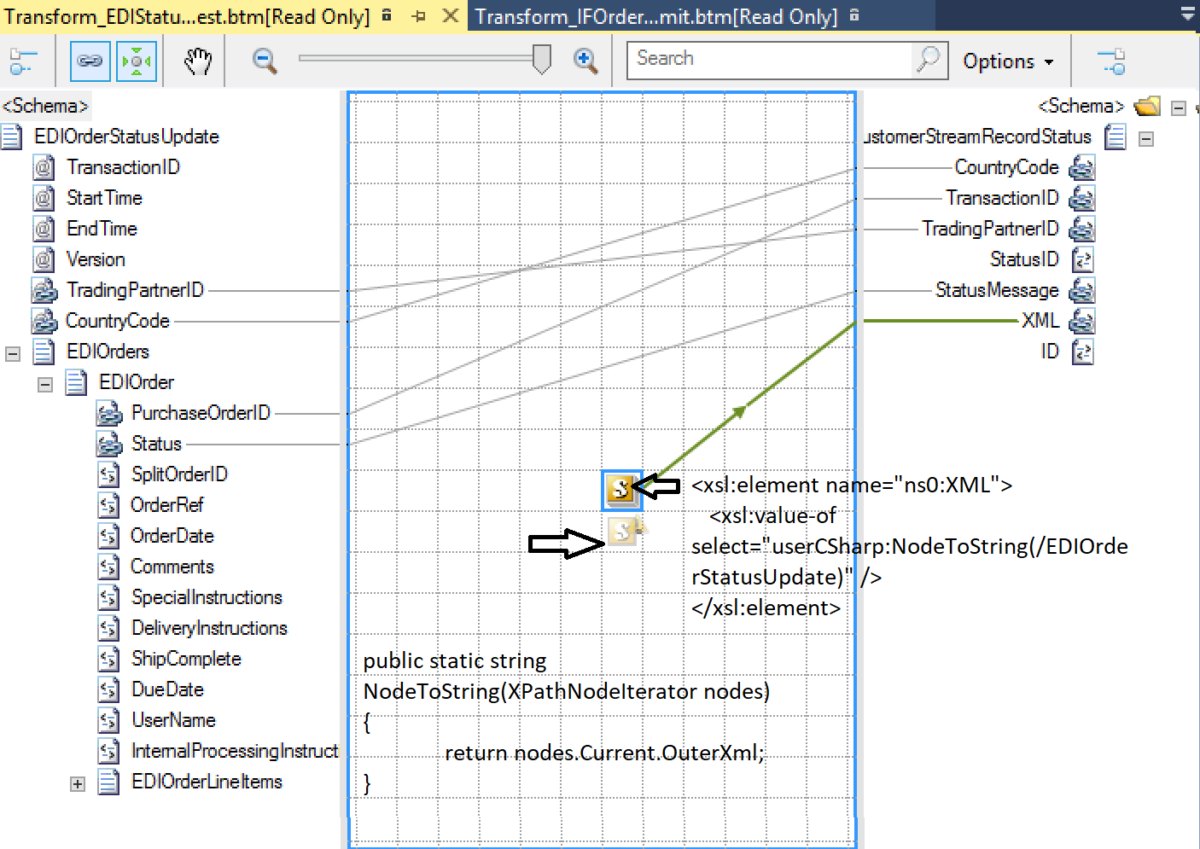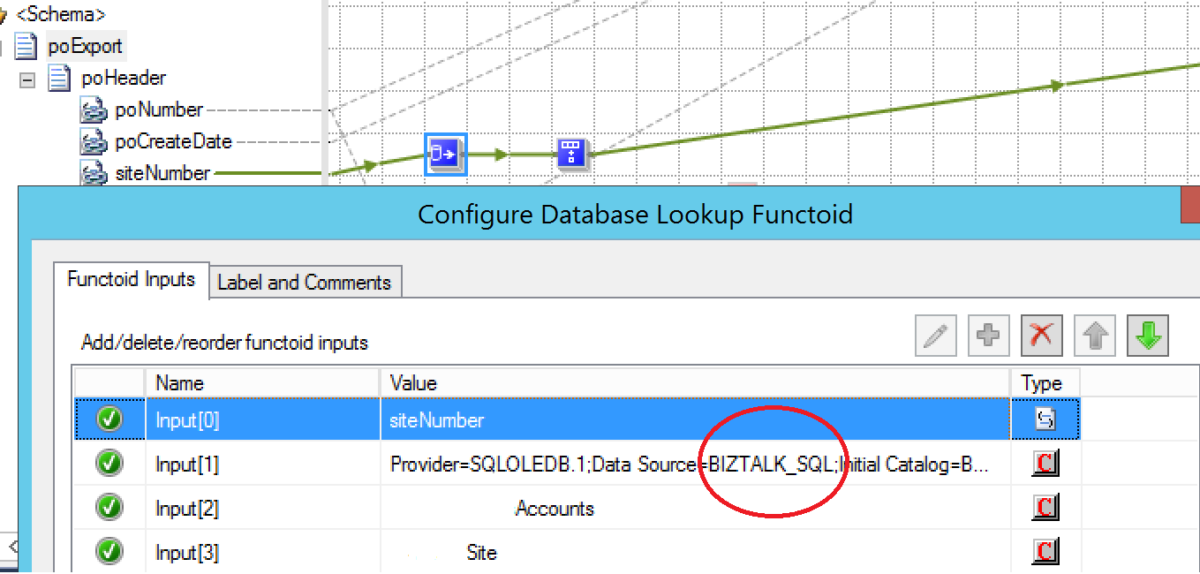Migrating To Azure – BizTalk Cross Referencing Functoids
This blog is place holder for how to migrate a BizTalk Solution containing Cross Referencing Value functoids I am currently searching for a good way to do
Azure – Mapping Messages
I gave a talk on this during the NZ Covid-19 Level 4 Lockdown See https://youtube/aKCTNiJUqH8 We need a consistent tool to map messages in
Enumeration has not started. Call MoveNext
Testing a BizTalk 2013 R2 map I got this error; "Enumeration has not started Call MoveNext" What on earth does this mean A quick search reveals this
Login from an untrusted domain
Login failed The login is from an untrusted domain and cannot be used with Windows authentication (Microsoft SQL Server, Error: 18452 This error occurs for a
XSLT Call Templates – Using a Grandparent xsl:for-each from a Grandchild xsl:for each
The only examples I could find was this forum question The forum Q&A is not clear and suggested that one has to use a series of call templates with
An example of a XSLT loop: Using a BizTalk XSLT Call Template in a Scripting functoid
This post is about using a recursive XSLT Call Template to create many elements from one using an incrementing counter I found this example interesting and
BizTalk maps with two inputs – Complement, Intersect and Union of Sets
Union In set theory, the union (denoted by ∪) of a collection of sets is the set of all distinct elements in the collection It is one of the fundamental
My map won't compile – No logical space left to create more user strings.
A colleague of mine came to me with this problem yesterday and it had me beat for a while I asked him to validate the map inside visual studio to see what the
Two things that annoy me about the BizTalk 2010 mapper
The new mapper in BizTalk 2010 is major improvement on the old BizTalk mapper but a couple of things real bug me 1 In the old map if you had a greater than
BizTalk 2010 mapper–mapping to a schema that has an attribute with an identical name to an ...
One of my colleagues struck a problem trying to map to a rather nasty schema shown on the right below; The user element has an attribute of






